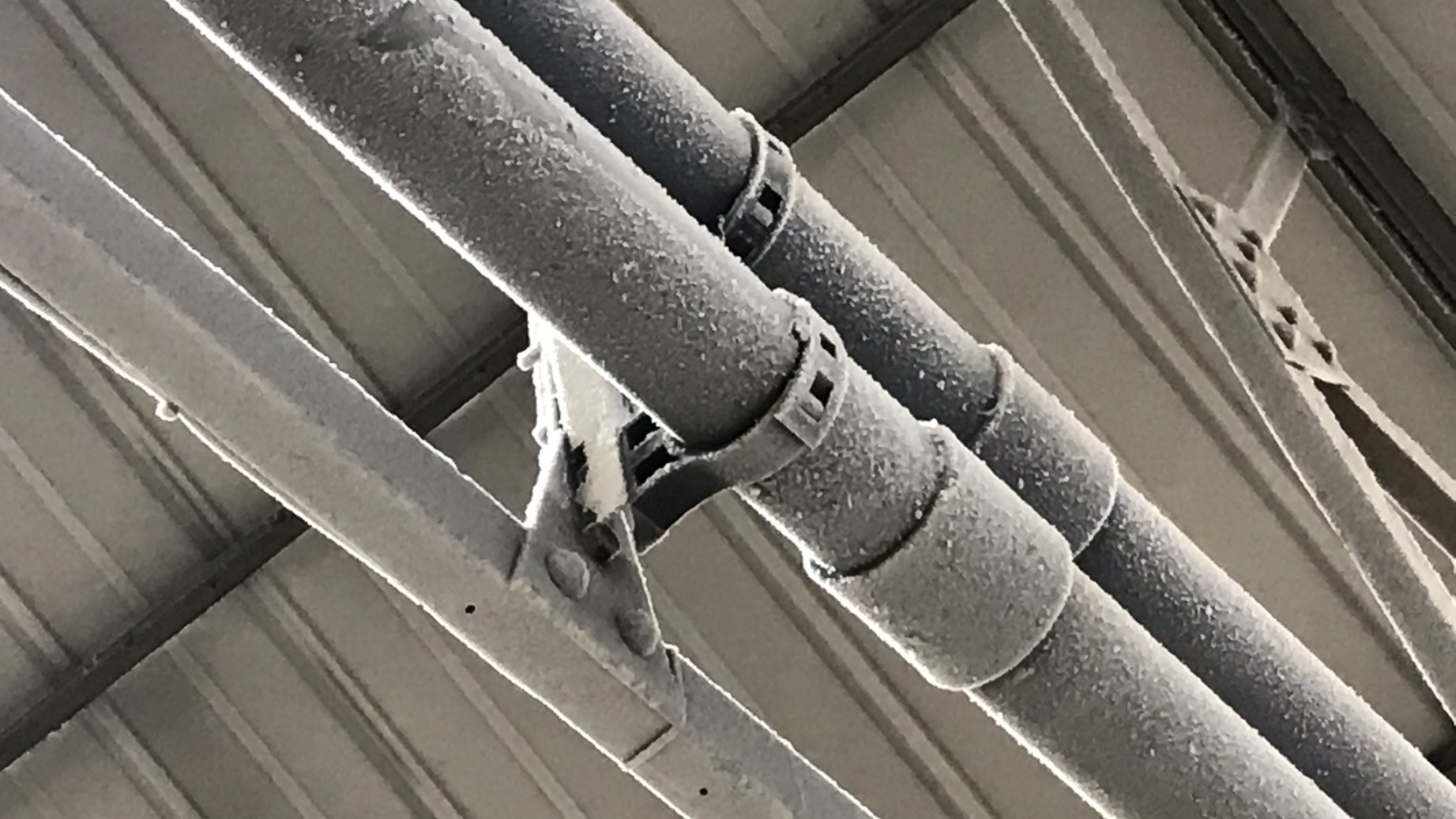
It is surprising how often parties to a dilapidations claim need to assess whether something constitutes a chattel or a fixture. It's a distinction that can have significant implications, as one recent case demonstrates.
Royal Parks Limited and Another v Bluebird Boats Limited [2021] EWHC 2278 concerned the status of a boathouse by the Serpentine in Hyde Park, London.
The defendant, Bluebird, had operated boating facilities at the site since 1998. The relevant concession was re-tendered by the claimants in around 2002, with the successful applicant required to include provision for replacing the boathouse and jetties at its own cost.
Bluebird won the tender. The concession contract allowed the firm to provide boating services on the Serpentine and to occupy the relevant land, buildings and structures. Subsequent licences between the parties granted permission for the new boathouse, which was completed in September 2008.
The concession arrangement expired in November 2020 and the claimants sought various declarations as to the ownership of the new boathouse. Bluebird argued that it retained ownership of the building and was entitled to dismantle and remove it, on the basis that it was a chattel and had not become part of the land.
Assessing the composition of the boathouse
The boathouse comprised a structural steel frame with timber wall panels and a roof with deck panels on timber joists, covered by a membrane. The frame was fixed into a concrete floor slab supported on piles.
The court found that the concrete slab was part of the boathouse because the superstructure was bolted into it, creating a permanent connection. The method of construction led the court to conclude that the substructure and superstructure were intended to be 'permanent and immobile'.
Had the boathouse become part of the land?
The starting point in deciding whether the structure had become part of the land was to consider whether it qualified as a chattel or fixture.
After reviewing some of the leading cases on this point, the court summarised the relevant principles as follows:
-
The structure will be treated as being part of the land if:
a) the degree of annexation is such that the structure is permanently fixed to the land and can only be removed by a process of demolition, and
b) the purpose of such annexation must be that it should form part of the land.
-
The structure will be treated as a chattel if it sits on the land but is otherwise unattached, unless there is objective evidence that it was intended to form part of the land.
-
Where the structure is annexed to the land but potentially removable, it will be treated as being part of the land if it was annexed for the purpose of the land's permanent and substantial improvement. However, it will be treated as a chattel if it was annexed for a temporary purpose, or for its more complete enjoyment and use as a chattel.
-
The test as to the degree and purpose of such annexation is an objective one. It is not determined by the subjective intention of the parties or any contractual arrangements between them.
After applying these principles, the court held that the boathouse was a fixture and part of the land. Bluebird did not therefore own it, and was not entitled to remove it under the terms of its contract.
Mrs Justice O'Farrell gave four reasons for her conclusion.
-
First, since she considered that the boathouse comprised both the concrete slab and the superstructure, this meant it was permanently fixed to the land because the slab and foundations could only be removed by demolition.
-
Second, even if the two parts could be treated separately, removing the superstructure would substantially destroy parts of the boathouse. The judge considered that the relocation of the reuseable items – estimated to be around 90% of the structure – would amount to the 'salvage of parts' rather than reinstatement of the whole, since significant additional works and components would be required to turn it into a building elsewhere.
-
Third, the evidence showed that the purpose behind the construction of the boathouse was the permanent and substantial improvement of the land next to the Serpentine. The court found that 'it was inextricably linked to the boating concession operated by [Bluebird] on behalf of the claimants, a service that could only be operated from the lakeside'.
-
Fourth, any subjective intention Bluebird had to erect a building that could be easily removed was not determinative; in any event, the judge did not accept that this had been evidenced.
This case was a costly lesson for Bluebird about the importance of clear documentation. But it is also a timely reminder for anyone advising on break rights or dealing with terminal dilapidations claims – particularly when it comes to interpreting obligations to yield up.
Emma Humphreys is a partner in real-estate disputes at Charles Russell Speechlys LLP
Contact Emma: Email
Related competencies include: Construction technology and environmental services, Inspection, Legal/regulatory compliance

